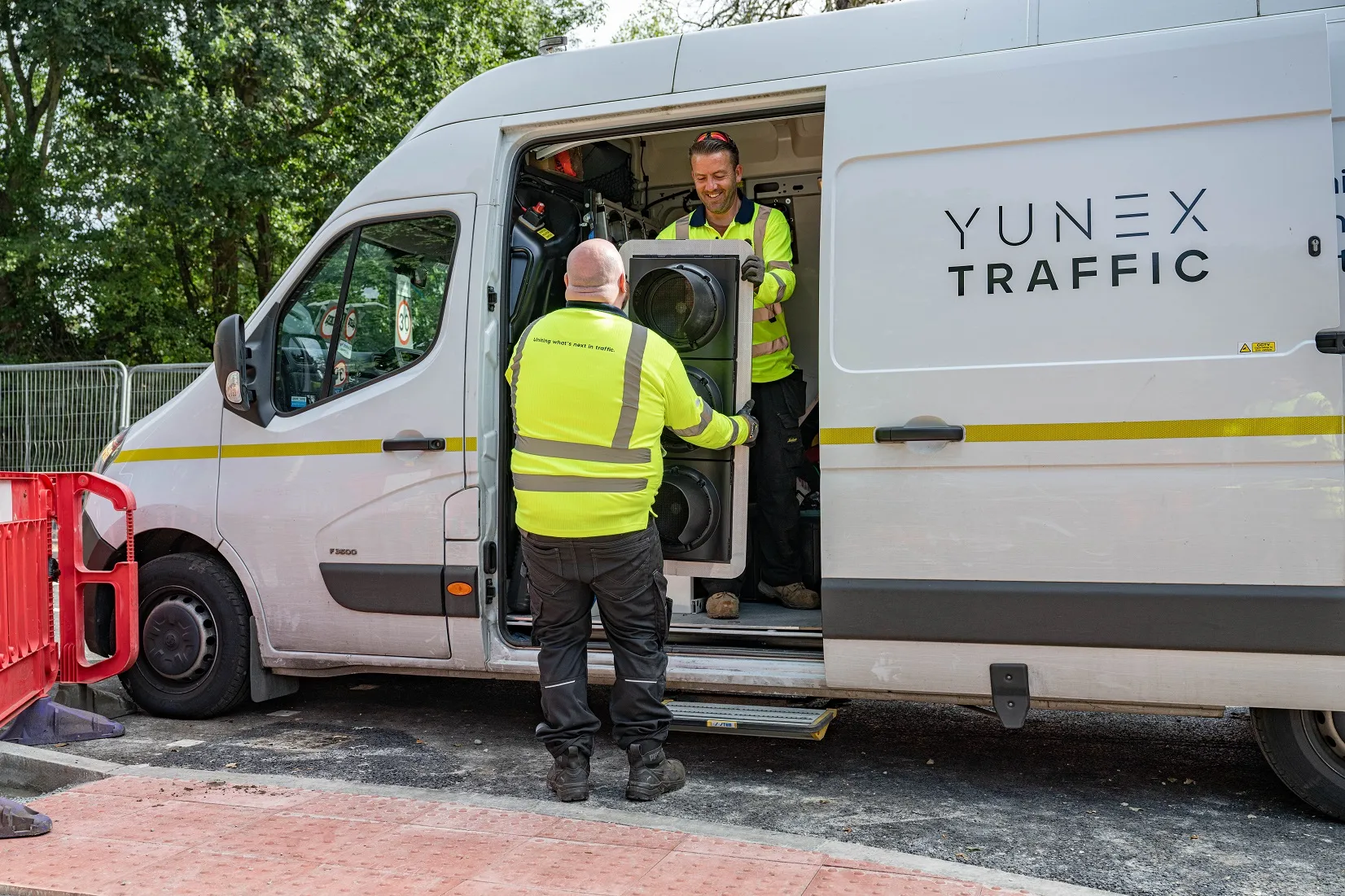Siemens WiMag wireless traffic detection, which is an alternative to conventional loop and radar traffic detection systems, uses magnetic disturbances to detect vehicles and low power wireless technology to transmit data to host controllers. The company says WiMag can offer a more flexible solution than traditional loop detectors, particularly where detection is required at significant distances from the traffic controller. Battery-powered, wirelessly linked and smaller in size than traditional loop detecto
November 7, 2012
Read time: 2 mins
The company says WiMag can offer a more flexible solution than traditional loop detectors, particularly where detection is required at significant distances from the traffic controller.
Battery-powered, wirelessly linked and smaller in size than traditional loop detectors, WiMag also lends itself to installation at remote locations as well as being less prone to damage by street works.
The WiMag system offers a cost effective detection system for stop line, vehicle actuation, SCOOT and MOVA applications; integration with their range of traffic controllers is seamless via a dedicated equipment rack. Available in two options, depending on the size of the installation, and with an inbuilt low-power wireless transmitter/receiver and a dedicated battery, each sensor can detect and transmit data to an associated access point or battery-powered repeater unit. Simply installed in the carriageway as a loop equivalent device, the in-road sensors may be located up to 300m from the host controller, using repeater units where necessary.










